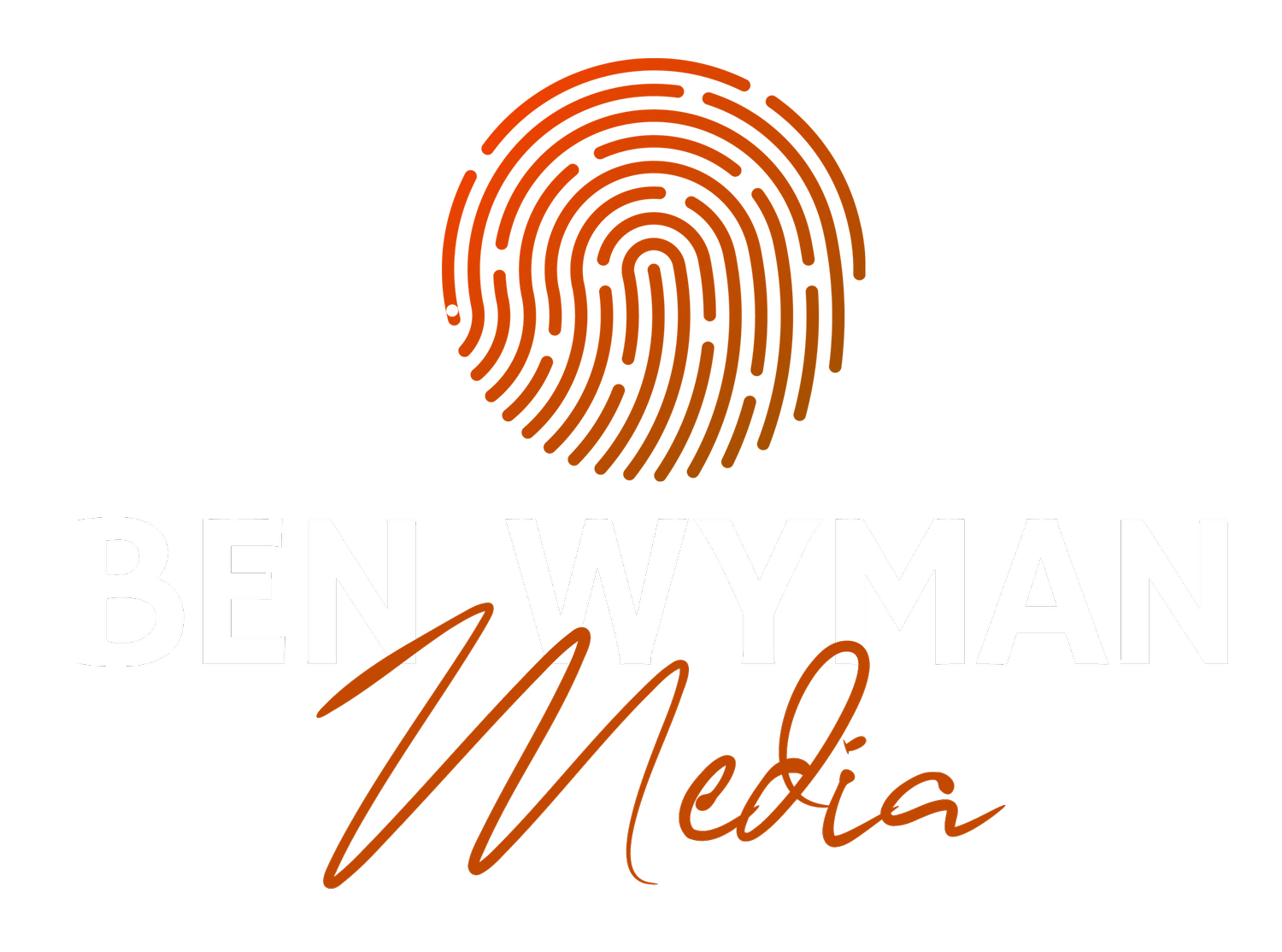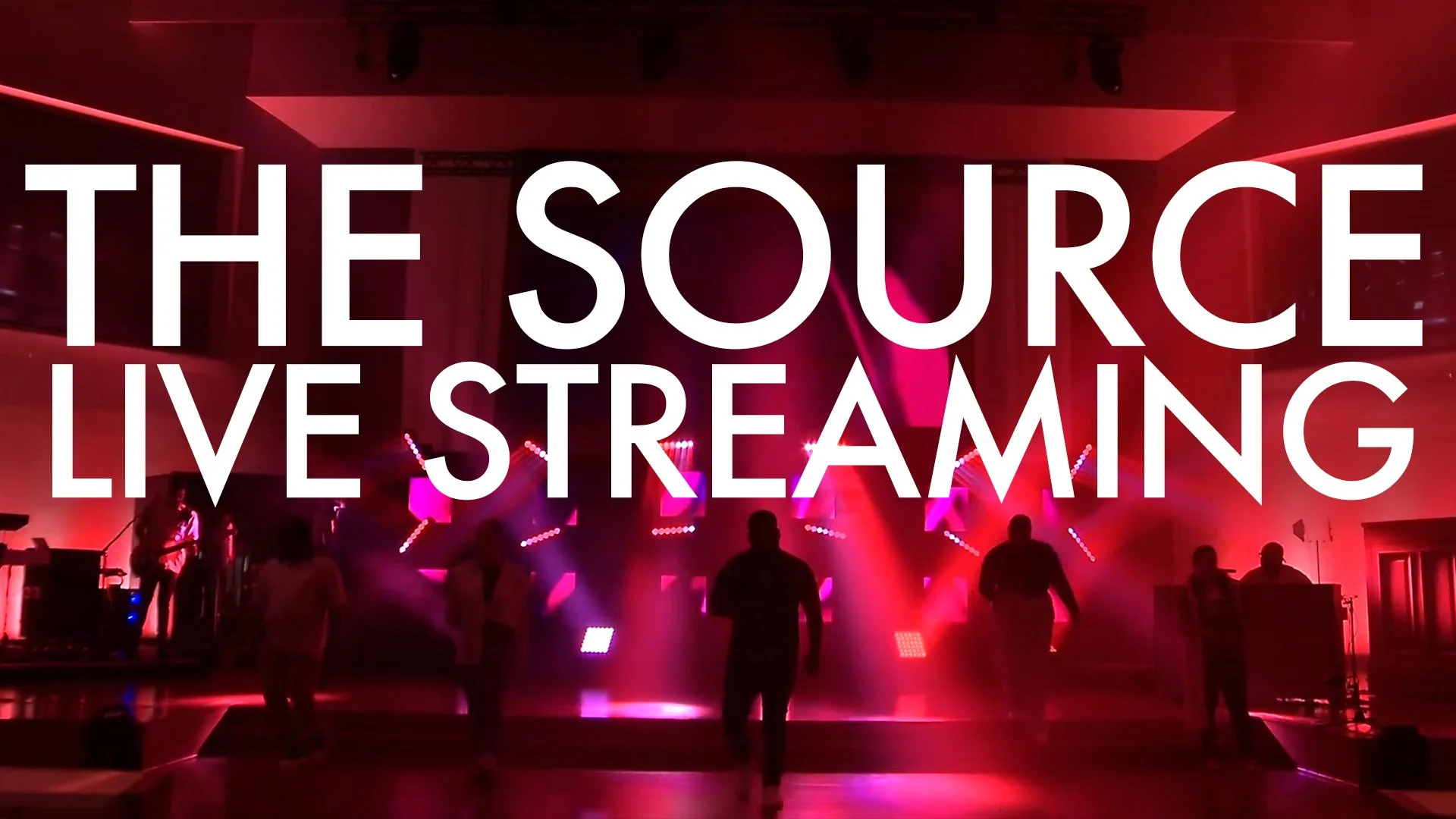$425,000 MEDIA INSTALL
In 2018, First Methodist Houston hosted a massive Pentecost service at their West Campus. The worship center had been sparsely used in recent years, and the head pastor, Andy Nixon, wanted to begin investing in that community. So we rented a gigantic LED screen, an extensive amount of lights, several cameras, and turned the sanctuary into a modern worship venue.
It was a rousing success, so much so that I was immediately commissioned to build the same concept in the worship center permanently.
The Existing Building
The worship center was designed 20 years before to seat 2,400 people for a traditional worship service every Sunday. It was built during the period where churches thought that downtown Houston was dying and people needed to build an exit and get out of there. When that turned out to not be the case, the downtown crowd didn’t leave their campus, and the campus stagnated.
First Steps
To give you an idea of how little the existing service valued sound, the sound board had been moved to the far right of the balcony, where you could not hear the sound coming out of the speakers. Because of this, a large monitor had been hung from the ceiling just for the sound tech to hear what was going through the other speakers.
This is not ideal.
The expansion was to service two different services - a traditional and a contemporary worship service - and needed to include a new LED wall, new lighting, cameras and a production control room, and a brand-new sound system. We started with the sound system.
Because the room was an acoustic mess, it quickly became apparent that we needed to invest in top-of-the-line system to counteract it. We brought in a couple different vendors to test within the space, and the Meyer LINA system was head-and-shoulders above everything else we tried. So we decided to spend our money there, and cut our spending in other spots.
We removed several pews from the back of the worship center and built a new front-of-house booth for sound and lighting.
Gear
We needed a sound system that would work for contemporary and traditional services, as well as whatever events we hosted in the venue, that we could use to run a separate feed for streaming services with extensive effects on - and we needed to not spend a bunch of money.
We decided on the Waves system. We could buy a huge amount of plug-ins to use in all of of our venues, since we were going to need to upgrade all of our other sound boards within the next two years, and whatever we bought for one venue would work for all venues.
It also helped us run a monitor system that enabled all of our contemporary musicians to have their own personal monitor to work off. Since we were going to have to switch over from traditional to contemporary each Sunday, there wasn’t going to be time to allow each musician to perfect their in-ear mix. This way, we could offer them the freedom to control their mix each service without slowing down our process.
Saving Money
Even with as much capital as we had invested in this project, putting in a new soundsystem and a giant LED wall took a huge portion of our budget. We had to find ways to bring costs down to finish the expansion underneath the number we’d been given.
The two areas we targeted were lighting and video. For lighting, we looked at all the fixtures we wanted, and then hunted for everything through secondhand retailers. We installed five lines of truss onto the sanctuary ceiling (we had to, the original building had decided at the last minute to not build a catwalk above the ceiling, so everything had to be installed from the floor). Then we transferred all of our existing lights and all of the lights we’d bought onto those sticks of truss. We ended up putting in everything we’d designed for half the number we’d originally budgeted.
For video, we had gotten tests in from Sony, JVC, and Canon, but we thought the costs of what they were offering didn’t match the results we were getting. So we ended up mirroring the camera design Elevation Worship was doing at the same time, and installed BlackMagic URSA Minis across the sanctuary, and blended in 3 Sony robocams on the stage to provide multiple looks.
The idea to all of this was flexibility - we wanted something designed for the best possible in-person and online experience possible, but also something that could be run by a tiny, bare-bones crew.
We didn’t know it then, but that flexibility would save the church just a year later, when we discovered we needed to maintain that same level of production on an entirely different scale.
Fortunately, we’d designed a system that could be operated with just a single person running the live stream, cameras and all.
Here’s a feed of me running the whole stream/IMAG without any camera operators or techs:






